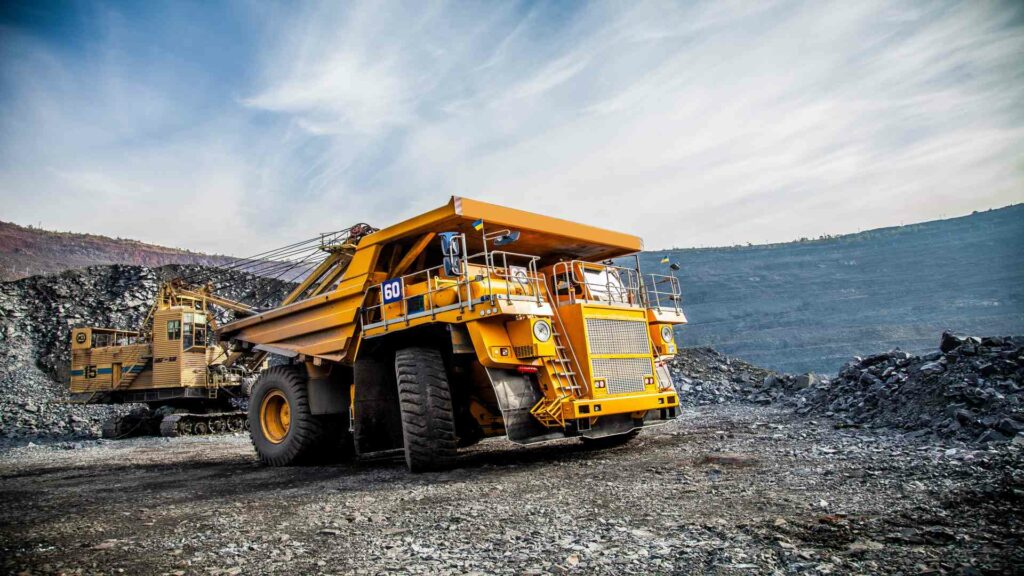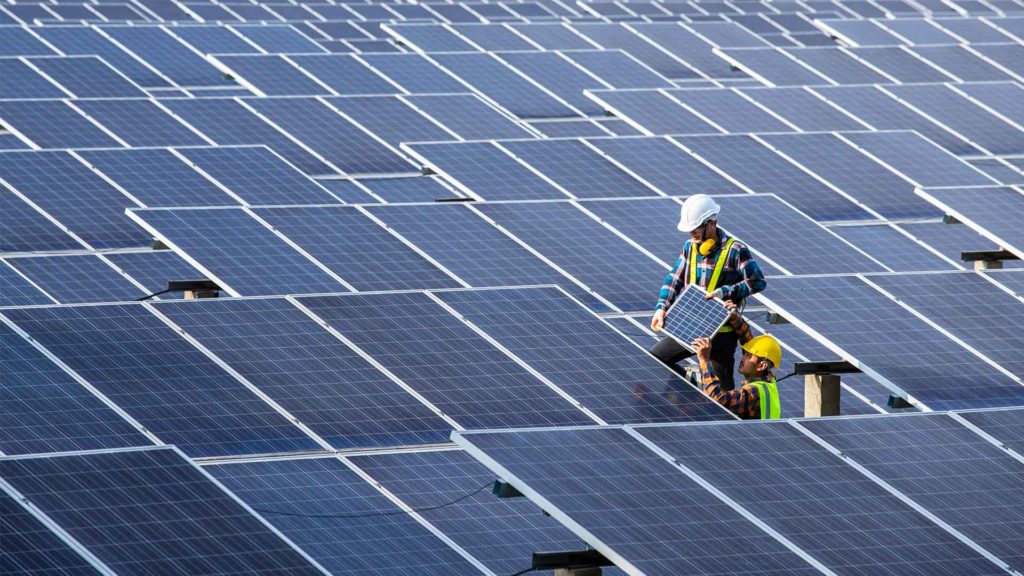Critical mineral boron is used in various applications, from agriculture to nuclear power. As with other strategic minerals, obtaining a license for production is hard given the environmental impact on the land. Therefore, for the owner of a mining venture in California’s Mojave Desert, increasing the awareness and strategic significance of boron is the mission of extractors and the mining community.

Critical Mineral Boron in the Mojave Desert
Need For Critical Minerals
The United States is heavily reliant on imported critical minerals, which are used in various industries, including defense, renewable energy, and high-tech manufacturing. In recent years, there has been a growing concern about the country’s dependence on foreign sources of these critical minerals.
Boron is a critical mineral for many industries and applications. It is used in the production of fiberglass, ceramics, and other products. It is also used in producing boron alloys and as a dopant in semiconductor manufacturing. Boron is critical for human health as well. Boron is essential for the development and maintenance of strong bones and teeth.
The CEO of 5E Advanced Materials Inc., Henri Tausch, which owns the Fort Cady mine, says, “Boron is probably where lithium was ten years ago. No one had heard of lithium, discussed lithium, and was aware that it could be a major problem.”
As the United State government’s focus turns to domestic production of critical minerals for the economy, climate, and national security, funding has become increasingly competitive due to the government’s often limited resources for such projects.
The United States is the second-largest producer of boron (about 20% of global production), behind Turkey, which mines 60% of boron. However, most of the boron mined in the U.S. is shipped to China for processing into boron carbide materials.
The Pentagon has recommended that the defense industrial capacity develop a second source of boron carbide in the United States, concerning Rio Tinto Group, which also mines in California. China supplies 80 percent of the boron composite materials for military applications.
Boron Mining at Fort Cady
Boron is a chemical element that doesn’t exist in its elemental state. It combines with oxygen or other elements to form boric acid or inorganic salts called borates.
Fort Cady has approximately 120.4 million tonnes of colemanite reserves, one of four types of borates that account for 90 percent of the borate minerals used by industry worldwide. It is the world’s largest known conventional contained borate occurrence that is not owned by Rio Tinto or Eti Maden, a Turkish government-owned company.
Tausch states, “Boron deposits are typically found in a volcano, evaporated water body, or a fault line.” Fort Cady also contains 0.17 percent lithium carbonate, a highly desirable element for batteries and electric vehicles.
The mine is not yet able to operate. Still, according to Chance Pipitone, 5E’s senior vice president of corporate development and investor relations, FEAM is very close to breaking ground with a small-scale boron facility expected to begin with a read-to-sale year-end product. He added that large-scale production will start in 2025.
But even so, mining and processing deposits is time-consuming and costly. According to Ben Steinberg, executive vice president and co-chair of Venn Strategies’ critical infrastructure group, it can take up to ten years to develop a mine after exploration.
Boron In Defense Applications
Boron is a strategic material, according to the United States Defense Logistics Agency, as it is used in many different ways that are essential to the military.
For example, boron fibers are used in advanced aerospace structures like missiles and planes. In addition, boron is used as an industrial catalyst to make polymers. It also has essential uses in electroplating metals and inner plates of ballistic vests. Finally, boron is a critical mineral in tank armor and permanent neodymium magnets. The strategic certification enables the Department of Defense to stockpile boron to be available for use in wartime or other emergencies. However, strategic materials and critical minerals are not always the same thing. It is determined by the agency that reviews the materials and creates the designation.
Under the Energy Act of 2020, the US Geological Survey states that a critical mineral is a non-fuel mineral or mineral material that is critical to the economic or national security of the United States and has a supply chain that is vulnerable to disruption. Critical minerals are essential for any product manufacturing.
Boron hasn’t been included on the list of critical minerals published by the USGS in February 2022, despite being essential to national security and the economy. This is because, given current domestic production levels, the US doesn’t rely heavily on imports for this mineral.
Typically, there are enough domestic reserves and reliable foreign sources to meet foreseeable consumption requirements. However, this could change in the future if consumption increases or production levels decline. In such a case, boron would become a critical mineral.
Since boron is already regarded as a strategic material, 5E could be eligible for a segment of the more than $330 million available under Title III of the Defense Production Act, intended for the U.S. industry to expand production efficiency and supply required for national defense purposes.
List of Critical Minerals
The critical minerals designation would give the mine a significant boost, making it eligible for loans and other financial assistance from the U.S. government. This could prove to be a vital lifeline for the mine, struggling to stay afloat in recent years.
With the Biden administration’s focus on clean energy, the mine is helpful as it also contains lithium, which is essential for advanced batteries. This already allows access to some DOE loans, such as the Advanced Technology Vehicles Manufacturing Loan Program, priced at U.S. Treasury rates.
According to Pipitone, a critical mineral determination could lead to an additional $2 billion in funding from the Energy Department.
The Department of Homeland Security’s Cybersecurity and Infrastructure Security Agency has designated Fort Cady as critical infrastructure, the same designation as nuclear power plants.
Increasing awareness at the Pentagon and then on Capitol Hill as lawmakers begin to write the financial 2023 security authorization bill and other key legislation is the company’s strategy to emphasize the importance of boron and derivatives to the United States’ national security, economy, and energy.
“The 5E project is an incredible opportunity to promote the pace of a full-scale global boron capability available to industry and the federal government. The scope of boron’s application to national defense and manufacturing base necessitates even strengthening in the project, just as China’s and others’ continued interest in the boron value chain emphasizes the project’s necessity,” said Joe Kasper, managing director at Ervin Graves and a veteran of Capitol Hill, the Pentagon, and the Department of Homeland Security.





